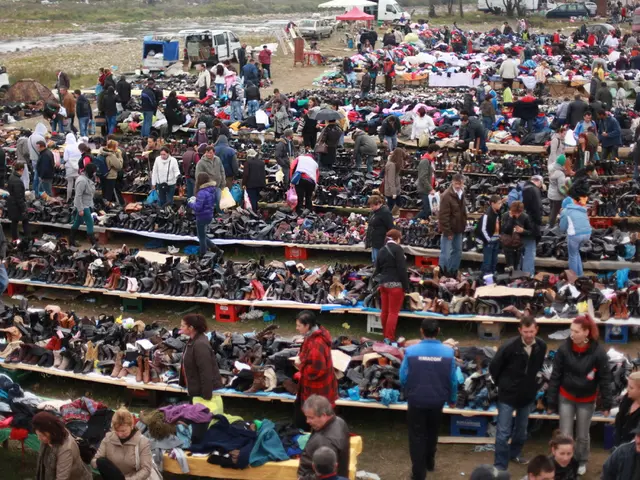World's Deadliest Lakes Require Extreme Caution
Several lakes worldwide pose significant threats to humans due to their extreme conditions. From strong currents to deadly chemicals, these bodies of water require utmost caution.
Lake Michigan in the US, for instance, has strong currents and flows that can sweep swimmers away in seconds. Similarly, Lake Brosno in Russia is dangerous due to active decay processes and gas emissions, creating deadly whirlpools. In Tanzania, Lake Natron is so alkaline and hot that swimming in it is deadly. Meanwhile, the boiling lake on the island of Dominica is a flooded volcanic vent with gas temperatures reaching 92 degrees Celsius. Kawah Ijen in Indonesia is a bright turquoise lake filled with sulfuric and hydrochloric acids, with temperatures at the bottom reaching 200 degrees Celsius. The 'Dead Lake' in Kazakhstan is considered cursed, with legends of people losing consciousness and disappearing in its waters. Indonesia's volcanic crater lakes, such as Lake Toba and Kawah Ijen, contain unusual chemicals and toxic gases like sulfur dioxide and hydrogen sulfide, making them hazardous to swimmers and often acidic due to volcanic activity.
Visiting these dangerous lakes requires strict safety precautions. Always travel with a guide, avoid swimming in unfamiliar waters, and wear protective clothing and masks. Despite the risks, these lakes offer unique insights into the planet's geology and chemistry, drawing adventurers and scientists alike.








